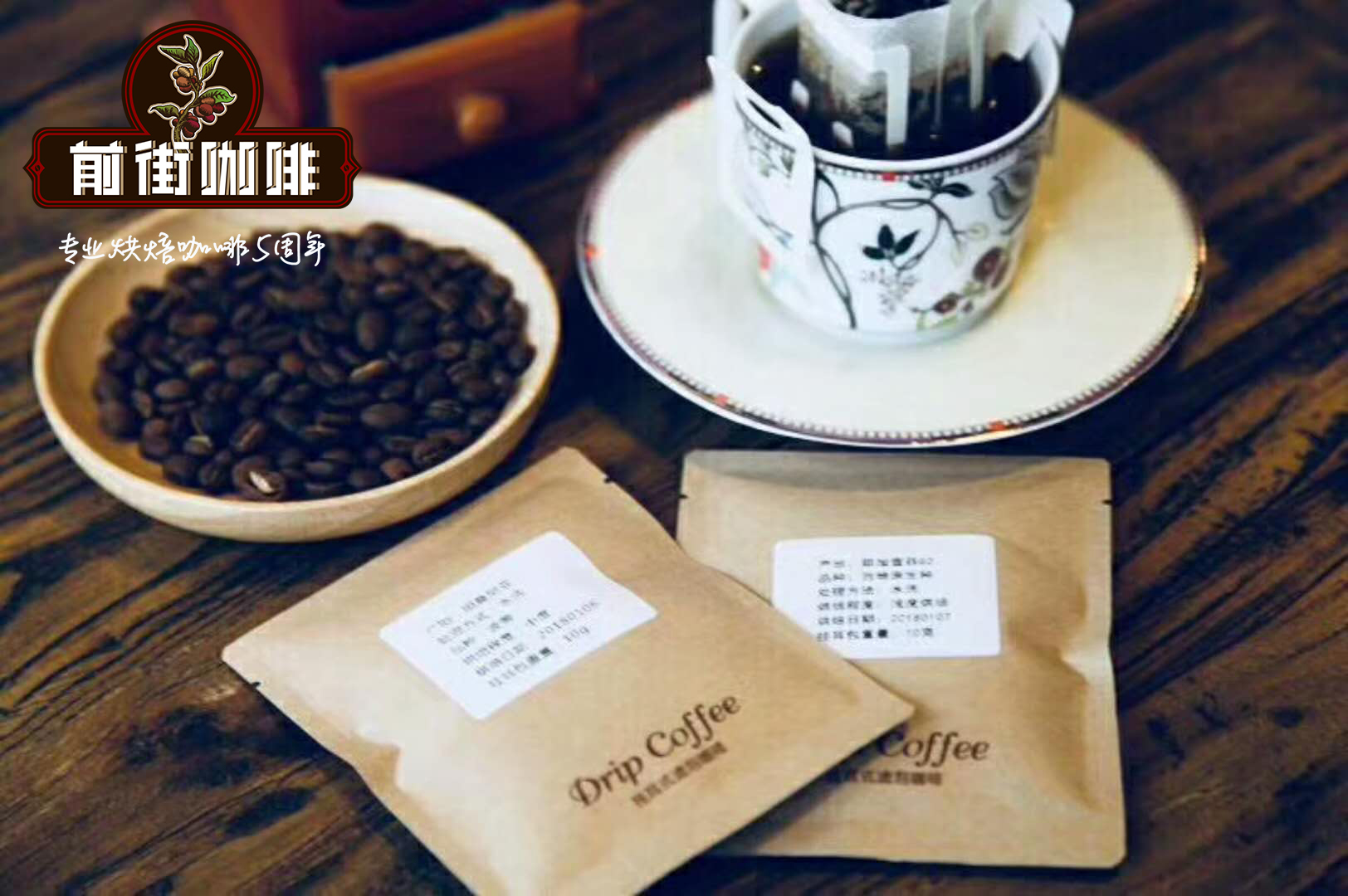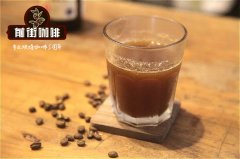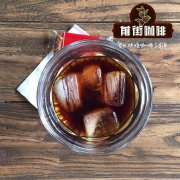How do decaf beans come from? decaf and caffeine? how does decaf taste?

Professional coffee knowledge exchange More coffee bean information Please pay attention to coffee workshop (Weixin Official Accounts cafe_style)
Decaf coffee beans are coffee with only trace amounts of caffeine.
In general, Arabica coffee beans contain 1.1% to 1.7% caffeine, while Robusta coffee beans contain 2% to 4.5% caffeine. Decaf coffee is regulated to contain no more than 0.3% caffeine in brewed coffee. That means no more than 5 milligrams of caffeine in a cup of decaf coffee.
So again, where did this decaf coffee come from?
Thank you very much for calming down and not taking off to see here. First of all, of course, we should look at the comparison chart. The left side is the common decaf coffee beans in the market, and the right side is the ordinary coffee beans that are not deprinted. It is also easy to distinguish from the color, because the steps of decaf treatment must be carried out in the state of coffee beans. There are three main types of decaffeination processes that are common today: traditional/European processes, Swiss water processes (SWP), and CO2 supercritical processes. All three methods are very effective at removing most of the caffeine, leaving only 2- 3% of the original caffeine in the coffee bean.
Part
1
● The European or Solvent Process
There are two variations of solvent treatment. The first is direct solvent treatment. First, steam is used to open the pores of green coffee beans. Solvent is added directly to coffee beans. After solvent and caffeine are fused, steam is used to bring them out. The other is indirect solvent treatment, which begins by dissolving all the flavor in the green coffee beans into hot water (This is a hypothetical state, not really dissolving all the compound beans.) After a period of time, the coffee beans are separated from the hot water with "all" flavors (including caffeine) dissolved. After adding a solvent that attracts caffeine to the hot water, the caffeine will combine with the solvent and float to the surface. It can be easily removed. After that, the caffeine-free hot water will be combined with the coffee beans again. Green coffee beans will absorb the remaining flavor factors back.
Part
2
The Swiss Water-Only Process
There are two main steps to using this commercially developed efficient process. The first step is to pour the green coffee beans into hot water, which removes almost all of the flavor factors, including caffeine, from the beans and discards the initial batch. After that, the hot water loaded with all the flavor factors is filtered out by activated carbon filter, and the rest is the hot water loaded with pure flavor factors. This hot water is called "Flavor-charged Water" in Swiss water treatment method. This water contains saturated, all the flavor factors that coffee beans should have, but lacks caffeine. This special water is the most important medium in the subsequent decaffeination process.
Soaking a new batch of green coffee beans in flavored, caffeine-free water loaded with flavor factors releases caffeine from the green coffee beans, but does not release flavor factors. In this way, the original flavor of the coffee beans will not be greatly reduced. Obviously, the flavor factor in the flavor loaded water is already close to saturation, so no more flavor factors can be dissolved, but there is still a lot of room for caffeine to dissolve.
After this decaffeinated, flavor factor retention process, the green coffee beans are dried and sold directly, and the caffeine-absorbed flavor is loaded with water, which can be repeatedly decaffeinated with activated carbon filters and reused.
Part
3
● Carbon dioxide supercritical process
Carbon dioxide supercritical treatment method is to soak coffee beans in liquid carbon dioxide. Under high pressure, carbon dioxide is in a semi-gaseous and semi-liquid state. Carbon dioxide in this state can actively combine with caffeine, and caffeine is most regrettably filtered by exhaust activated carbon filter.
Either way, the caffeine extracted is resold to cola companies or pharmaceutical companies for reuse, and no caffeine is wasted. As for the flavor of decaf coffee beans, most of the more common flavor is weak, losing the wonderful aroma of coffee beans themselves and the unique flavor of fruit, the so-called fish and bear's paw can not have both, since more needs are decaf coffee, that can only abandon the flavor.
Qianjie Coffee: Guangzhou's baking shop, small store but a variety of beans, can find a variety of famous beans, but also provide online store services. https://shop104210103.taobao.com
Important Notice :
前街咖啡 FrontStreet Coffee has moved to new addredd:
FrontStreet Coffee Address: 315,Donghua East Road,GuangZhou
Tel:020 38364473
- Prev

What brand of decaffeinated coffee beans is good? is there any decaffeinated coffee that tastes good?
Professional coffee knowledge exchange more coffee bean information Please follow the coffee workshop (Wechat official account cafe_style) there are two pregnant sisters around me, can not bear the temptation of me to send coffee every day, have asked me for coffee, was told by me not to drink, refused. Not to give up, I went to check for a long time and came back to tell me, isn't there decaf coffee (coffee with very low caffeine)?
- Next

Will decaf use 100% Arabica beans? Does Starbucks have decaf beans?
Professional coffee knowledge exchange more coffee bean information Please follow the coffee workshop (Wechat official account cafe_style) when talking about low caffeine, we only think of two things: one is that the pressure to drink is very low, and the caffeine content is less than 0.1% of the dry weight of coffee beans; second, most of the common low-caffeine coffee beans have a light flavor, losing the wonderful aroma and fruit feeling of coffee beans.
Related
- Beginners will see the "Coffee pull flower" guide!
- What is the difference between ice blog purified milk and ordinary milk coffee?
- Why is the Philippines the largest producer of crops in Liberia?
- For coffee extraction, should the fine powder be retained?
- How does extracted espresso fill pressed powder? How much strength does it take to press the powder?
- How to make jasmine cold extract coffee? Is the jasmine + latte good?
- Will this little toy really make the coffee taste better? How does Lily Drip affect coffee extraction?
- Will the action of slapping the filter cup also affect coffee extraction?
- What's the difference between powder-to-water ratio and powder-to-liquid ratio?
- What is the Ethiopian local species? What does it have to do with Heirloom native species?

